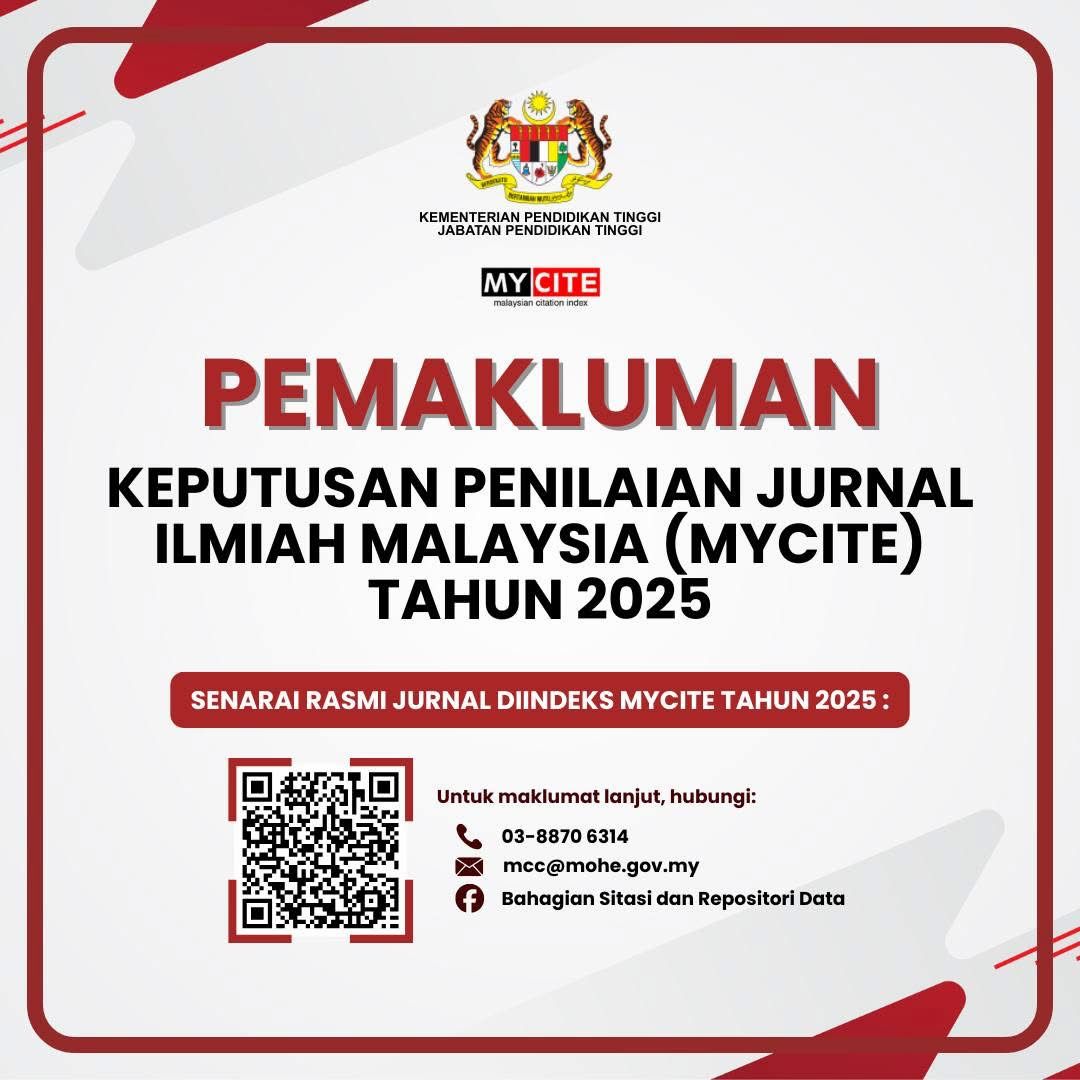Contra Commodification of Audiences in Reporting 212 Brotherhood Reunion in Jakarta
DOI:
https://doi.org/10.24191/idealogy.v6i2.303Keywords:
contra commodifications of audiences, television, new mediaAbstract
On December 2, 2018 there was an event involving a mass of around five million people in the name of 212 Alumni Brotherhood Reunion. We observed broadcasts conducted by a number of televisions on December 2, 2018 as research instruments. The results showed that some television stations broadcast the reunion event live, while a number of television stations did not do live broadcast of the reunion event. According to the television journalistic perspective, the non-involvement of some television stations in 212 Alumni Brotherhood Reunion in Jakarta on December 2, 2018; the same as post-terror contra by television media. On this situation, the television stations managers neglecting their important role in disseminating information to the whole world; become an intermediary to set the agenda and tell important things for people, also then becomes a channel of interaction for all communication activities. In the end, television media managers became unnecessary to design and produce messages as desired by the public. Meanwhile, according to the commodification perspective, as its nature as a profit search engine, television media is obliged to treat messages as commodities that can please the public, invite advertisers, and extend media business. Profit is the "ideology" behind the production and distribution of media messages. In this context, the audience is treated as a commodity that must be offered to advertisers, by placing it in the segmentation, target, and positioning of a marketing activity, as well as market assets that can absorb advertised products.
Keywords
contra commodification of audiences; televisions, new media
References
Baudrillard, J. (1993). The Transparency of Evil. Michigan: Verso.
Baudrillard, J. (1998). The Consumer Society: Myths and Structures. London: Sage Publication.
Burton, G. (2008). Pengantar untuk Memahami Media dan Budaya Populer. Yogyakarta: Jalasutra.
Cavallaro, D. (2004). Critical and Cultural Theory: Teori Kritis dan Teori Budaya. Yogyakarta: Penerbit Niagara.
Fiske, J. (2010). Cultural and Communication Studies: Sebuah Pengantar Paling Komprehensif. Yogyakarta: Jalasutra.
Gandy Jr, O. H. (2003). The Political Economy Approach: A Critical Challange. In T. Miller, Television, Critical Concepts in Media and Cultural Studies (pp. 1-19). London: Routledge.
Halim, S. (2013). Postkomodifikasi Media: Analisis Media Televisi dengan Teori Kritis dan Cultural Studies. Yogyakarta: Jalasutra.
Halim, S. (2015). Dasar-dasar Jurnalistik Televisi: Panduan Praktis Memahami Teknik-teknis Reportase dan menulis Naskah Berita untuk Media Televisi. Yogyakarta: Deepublish.
Halim, S. (2018). Commodification of Religious Defamation Case by BTP in Television Broadcasting Stations in Indonesia. Idealogy Journal, 3 (3), pp. 1-21.
Halim, S. (2019). Reportase: Panduan Praktis Reportase untuk Media Televisi. Jakarta: Prenada Media Group.
Haryatmoko. (2010). Dominasi Penuh Muslihat: Akar Kekerasan dan Diskriminasi. Jakarta: Gramedia Pustaka Utama.
Ibrahim, I. S. (2011). Kritik Budaya Komunikasi; Budaya, Media dan Gaya Hidup dalam Proses Demokratisasi di Indonesia. Yogyakarta: Jalasutra.
Littlejohn, S. W. (2005). Teori Komunikasi: Theories of Human Communication. Jakarta: Penerbit Salemba Humanika.
Lukacs, G. (1971). History and Class Consciousness: Studies in Maxist Dialetics. Massachusetts: The Mit Press.
Mosco, V. (2009). The Political Economy of Communication. London: Sage Publication.
Piliang, Y. A. (2010). Post-Realitas: Realitas Kebudayaan dalam Era Post-Metafisika. Yogyakarta: Jalasutra.
Rakhmat, J. (2005). Psikologi Komunikasi. Bandung: Remaja Rosdakarya.
Saptawasana, B. d. (2005). Kebudayaan sebagai Kritik Ideologi: Diteropong dari Perspektif para Eksponen neo-Marxisme. In M. D. Sutrisno, Teori-teori Kebudayaan (pp. 19-50). Jakarta: Penerbit Kanisius.
Sennett, R. (2006). The Culture of The New Capitalism. New Haven: Yale University Press.
Downloads
Published
Issue
Section
License
UiTM Press (the Publisher) has agreed to publish the undersigned author’s paper in Idealogy Journal. The agreement is contingent upon the fulfilment of a number of requirements listed below.
1. The undersigned author warrants that the paper entitled below is original, that it is not in any way libellous or unlawful in Malaysia, that it does not infringe any copyright or other proprietary right. The undersigned hereby represents and warrants that he/she is the author of the paper, except for material that is clearly identified as to its original source, with permission notices from the copyright owners where required. The undersigned represents that he/she has the power and authority to sign and execute this agreement.
2. The undersigned author warrants that the paper entitled below has not been published elsewhere, and also it will not be submitted anywhere else for publication prior to acceptance/rejection by this Journal.
3. By submitting the paper entitled below, the undersigned author agrees to transfer the rights to publish and distribute the paper in an international e-journal (entitled above) to Publisher.
4. The undersigned author agrees to make a reasonable effort to conform to Publisher's submission guidelines and to liaise with the editor to ensure that the requirements of these guidelines are met to a reasonable degree.
5. The corresponding author signs for and accepts responsibility for releasing this material on behalf of any and all coauthors. This agreement is to be signed by at least one of the authors who has obtained the assent of the co-author(s) where applicable. After submission of this agreement signed by the corresponding author, changes of authorship or in the order of the authors listed will not be accepted.



